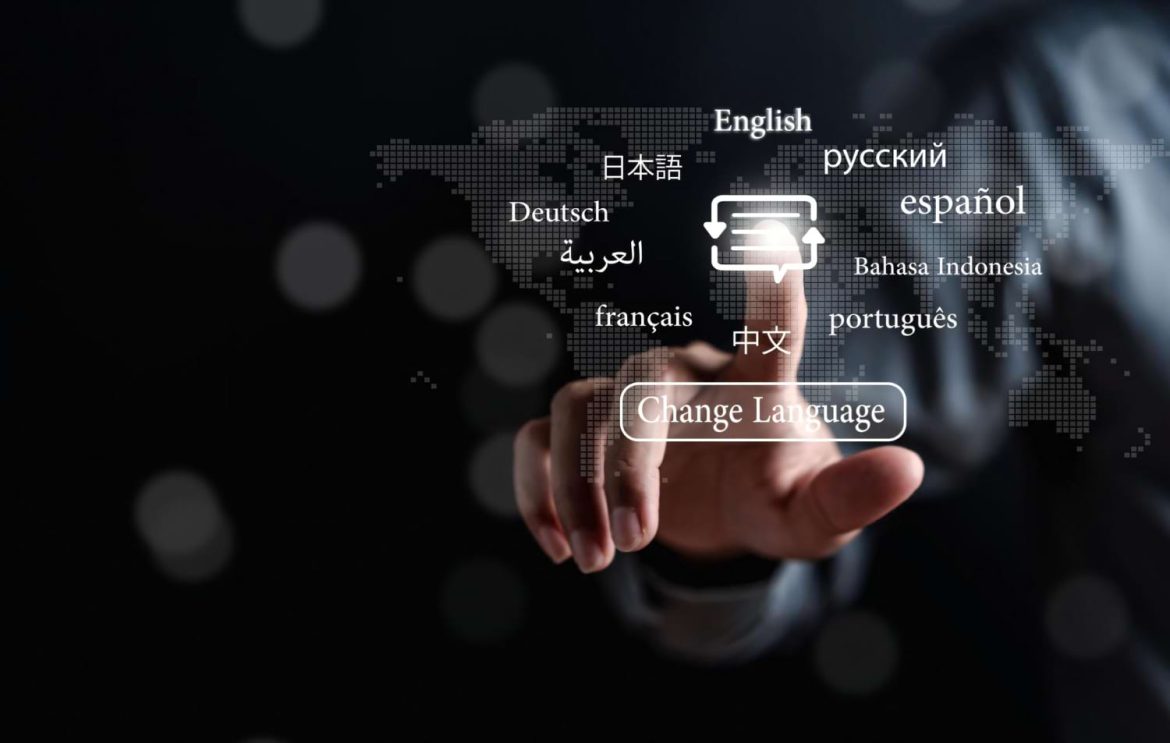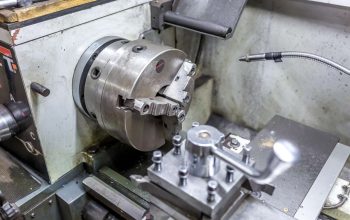Technical translations encompass a broad array of documentation, online content, and various media formats. These translations require a unique set of skills because of the specialized and often complex language that must be accurately converted between languages while maintaining its technical integrity. From manuals and safety instructions to software interfaces and scientific research, technical translation services are essential to ensuring that the end user understands the content precisely as intended by the original author, regardless of their language. This is particularly crucial in industries such as engineering, IT, healthcare, automotive, and aerospace, where even minor errors in translations can have significant consequences.

The Complexity of Technical Documentation
Technical documentation refers to a wide range of written materials that provide guidance, instructions, and technical specifications to users, professionals, or technicians. This documentation can include product manuals, user guides, white papers, datasheets, technical specifications, and much more. The challenge with technical documentation is that it is often highly specialized, involving industry jargon, technical terminology, and detailed explanations that are essential to the operation or understanding of a product or system.
When translating such documentation, it’s not enough to simply replace one language with another. Translators must have deep knowledge of the specific field, be it engineering, IT, medical technology, or any other sector. They need to fully understand the context in which the documentation will be used and the technical nuances that could affect the outcome. This is why companies offering technical translation services invest in industry-specific experts who can ensure that all terminology is accurately translated, and that the end document is fully compliant with industry standards.
Localization and Its Importance in Technical Translations
Localization goes hand in hand with technical translation services. While translation focuses on converting text from one language to another, localization involves adapting that content to the cultural and regulatory specifics of the target market. This process is especially critical in technical translations because it ensures that the translated documentation adheres to the legal and compliance requirements of each region or country.
Localization also involves adjusting units of measurement, date formats, currencies, and other regional conventions that can affect the comprehension and usability of the technical content. For example, an instruction manual for industrial equipment being sold in both the United States and Europe would need to be localized to use imperial measurements in the U.S. version and metric measurements in the European version. This is where the expertise of localization engineers and project managers becomes invaluable.
By working closely with a technical translation services provider, companies can ensure that their products, services, and documentation are not only linguistically accurate but also culturally and legally compliant across different regions. This not only helps avoid costly mistakes but also fosters trust with international customers and partners.

The Role of Technology in Technical Translations
In the modern world, technology plays an essential role in enhancing the efficiency and accuracy of technical translation services. Translation management systems (TMS), computer-assisted translation (CAT) tools, and machine translation (MT) software have all revolutionized the translation industry by making it easier to handle large volumes of content quickly and accurately.
CAT tools allow translators to work more efficiently by breaking down content into smaller segments and using translation memory (TM) databases to store previously translated segments for future use. This ensures consistency across different projects and reduces the time required to translate repetitive content, such as technical specifications. For example, a translator working on multiple product manuals for the same company can use previously translated terms and sentences to speed up the translation process while maintaining consistency in terminology.
Machine translation, although not a complete substitute for human translators, can also be useful in certain technical translation services, especially for initial drafts of highly repetitive or structured content. However, human post-editing is always necessary to ensure that the translations are accurate and contextually appropriate. This hybrid approach, combining machine translation with human expertise, allows technical translation services providers to offer high-quality, cost-effective solutions for clients with large-scale projects.




